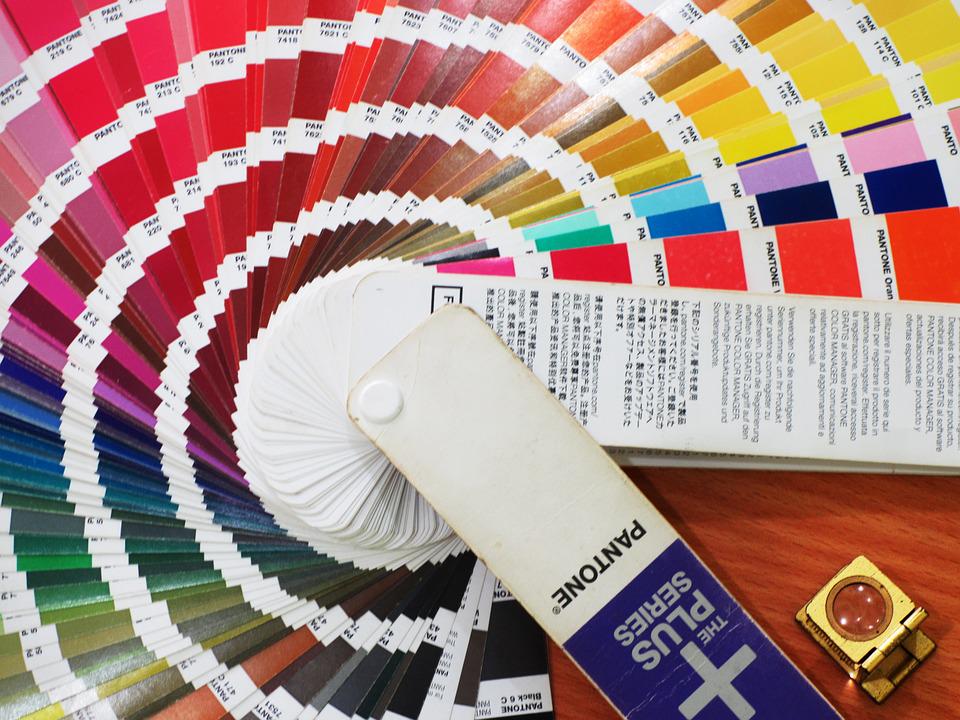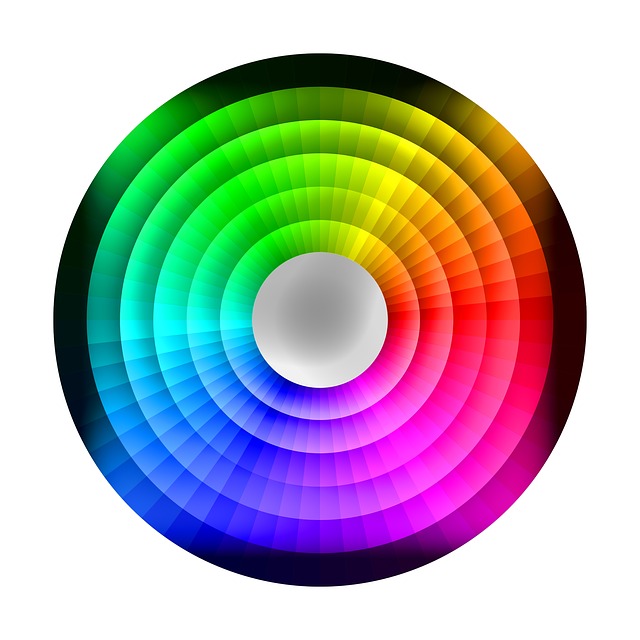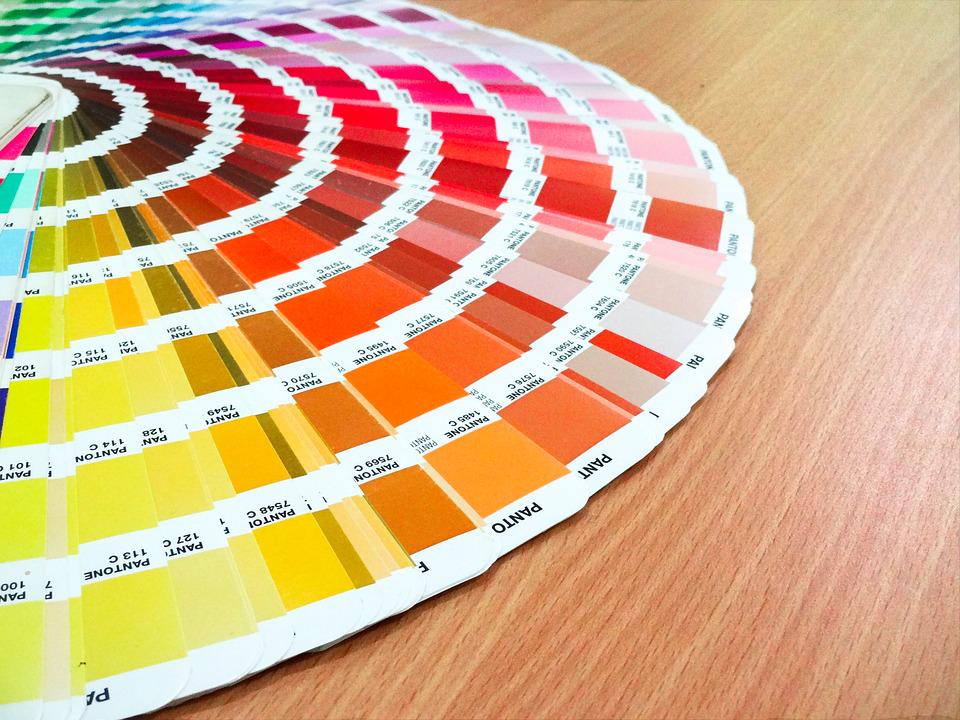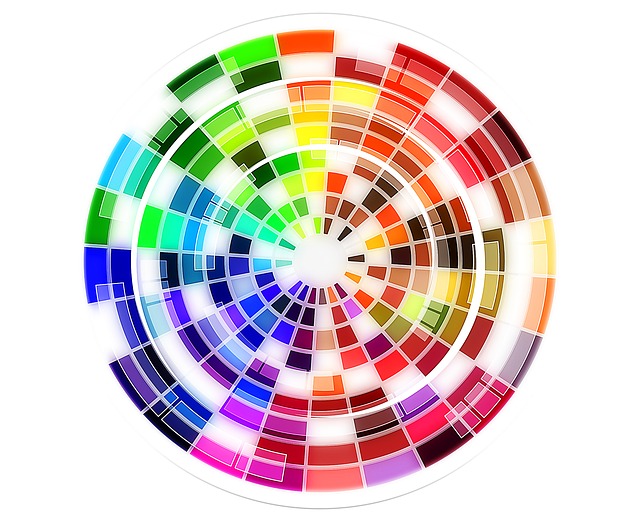
How the Color Wheel Can Help You Choose Your Colors
How the Color Wheel Can Help You Choose Your Colors
A color wheel is an essential tool for harmonizing different colors in a room. Different professions have other color circles, but the basic principles remain the same. Let’s see closer below how the color wheel can help you choose your colors.
Color wheel: definition of colors

Primary colors
For instance, the primary colors are marked with a cross in a color wheel image. They are called “primary” because they are the only ones that you can not obtain from other colors.
These are blue, red, and yellow.
Secondary colors
On the circle, they are located halfway between the primary colors and correspond to a mixture of equal parts of the two primary colors situated on either side.
They are orange, purple and green.
Tertiary colors
They fill the remaining spaces of the circle and are a mixture of equal parts of the primary color and the secondary color adjacent.
The first level of the circle is complete.
Value of the colors

You can also, for each hue, vary the value of the color, i.e., its brightness: the same color can be declined in variations more or less dark or more or less light.
The color wheel is thus complete. It will allow predicting the relationships between colors.
Color wheel: use of colors

You can use a monochromatic declination, that is to say, a single color with its different values. The contrast will be interesting, but you will not have any effect of depth. On the other hand, you can choose the brightnesses that best suit the mood you are looking for and your room.
Primary colors are tough to match because they are powerful. So be careful in your choices. Secondary colors are easy to combine, giving a soft, profound effect.
Choose the base color if you want two different colors in your room. Then look at the color diametrically opposite it on the circle; it’s complimentary. This will give you a two-tone combination that exudes strength and harmony.
Perhaps you want to use three different colors in the same room or see how a wall color would work with a curtain color and a furniture color. If you imagine an isosceles triangle (with two equal sides), you put the top point on one color, and the other two points will give you the colors that go well with the first. Many other relationships exist, depending on whether you want to give your interior more harmony, strength, and energy. Do not hesitate to learn and use the color wheel to better associate colors. You will avoid many mistakes.
You can explore the use of the color wheel almost endlessly. What starts as a game could quickly become a passion!
Note: some websites offer, from a color you choose, to give you the main relationships linking it to other colors and their variations.
Hopefully, this article will be of some use to you. Stay tuned to our blog as we will be back soon to cover other interesting topics on:
- Color harmony
- The different ranges of colors
Read more:
- Memory Disorders: What Are They;
- 4 Life Stages That Affect Your Memory;
- How Biodecoding Helps to Deal With Eczema;
- What Organ Donation Is All About;
- Let’s Dig Into Your Brain’s Inner Sea;
- Antibodies: Definition, Uses, and Mode of Action;
- Why Are You Destined to Disappear;
- What Naturopathy Is All About;
- Blood Transfusion Update on Irregular Agglutinin Research;
- Debunking 3 Myths About Vaccines;
- Is Animal Testing Necessary?
- How To Activate Your ‘Happy Hormones?
You May Also Like

10 of the Weirdest Dinosaurs Ever Discovered
2023-02-23
The Soothing Symphony: Exploring the Effects of ASMR on the Brain
2024-01-15



One Comment
Pingback: